
In a Nova Scotia research lab, the last hope for an ancient fish species
Racing against time, dwindling habitat and warming waters, scientists are trying to give this little-known...
The Alberta election campaign has so far been short on policy and long on controversy. Both Danielle Smith’s United Conservative Party (UCP) and Rachel Notley’s Alberta New Democratic Party (NDP) have focused the vast majority of their attention on attacking the other side and trying to rile up anger.
The lack of substance is particularly stark when it comes to environmental and climate change policies, despite the importance of the next four years in terms of federal and provincial moves to stem carbon pollution and the impact they will have on Alberta’s economy.
Climate, environment and the economy are inseparable in a province where the power of the oilpatch means a decision in one realm can have significant impacts in the other.
It’s not just the debates, discussions and attacks that have lacked substance in these critical areas, however. Each party’s platform is largely focused on other priorities, especially cost of living concerns.
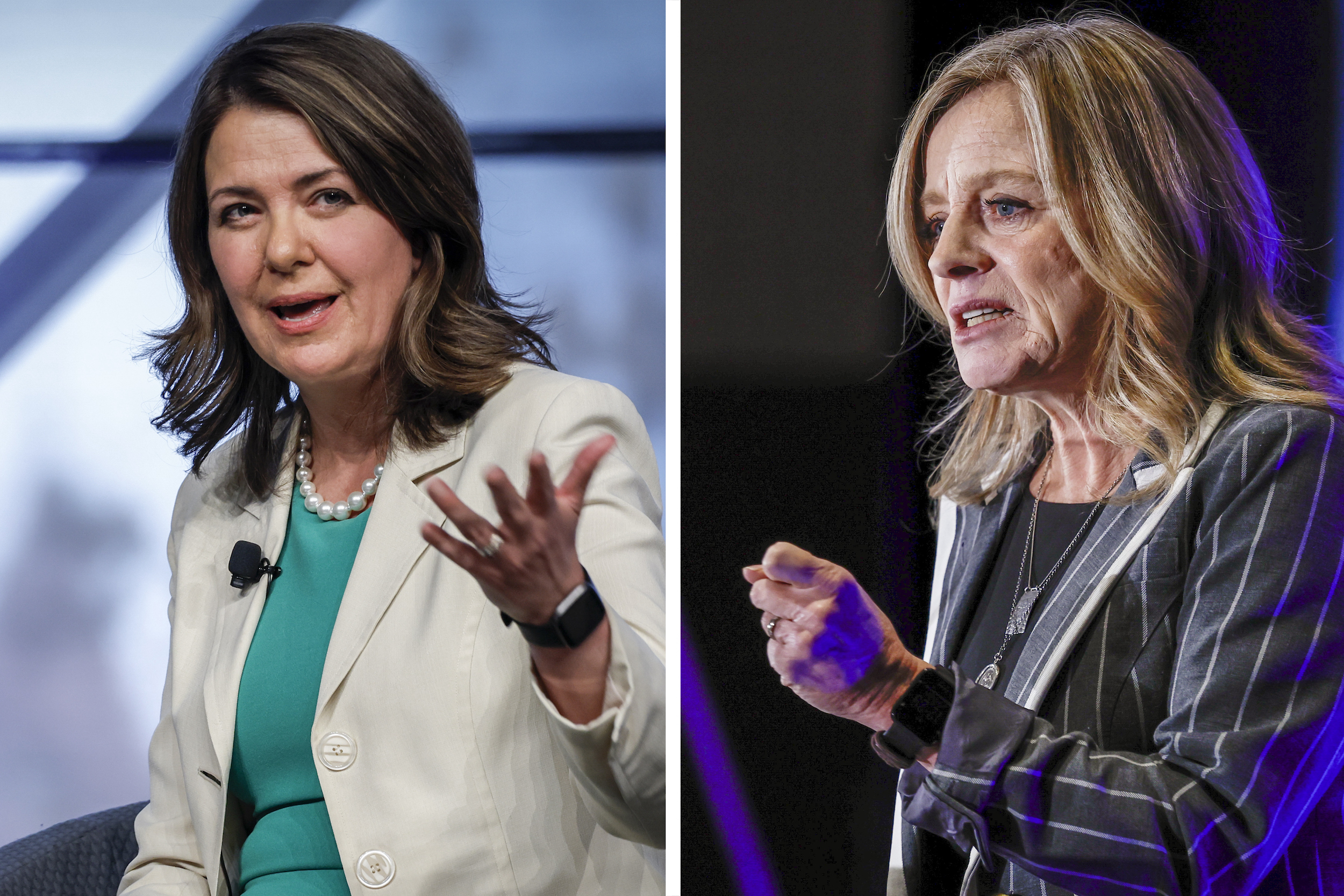
Just before the election, the UCP government unveiled its new climate plan, dubbed the Alberta emissions reduction and energy development plan. But the plan was light on details about what exactly the government would do and how it would do it.
It was more of a plan to make a plan.
It’s focused on reducing emissions in the oil and gas industry while continuing to promote the province as a more ethical choice for global energy demand.
“You can’t just pick random targets with a random date and say we’re going to get there,” then-environment minister Sonya Savage said while launching the plan. “We have to do the hard work and that’s what our plan is going to do.”
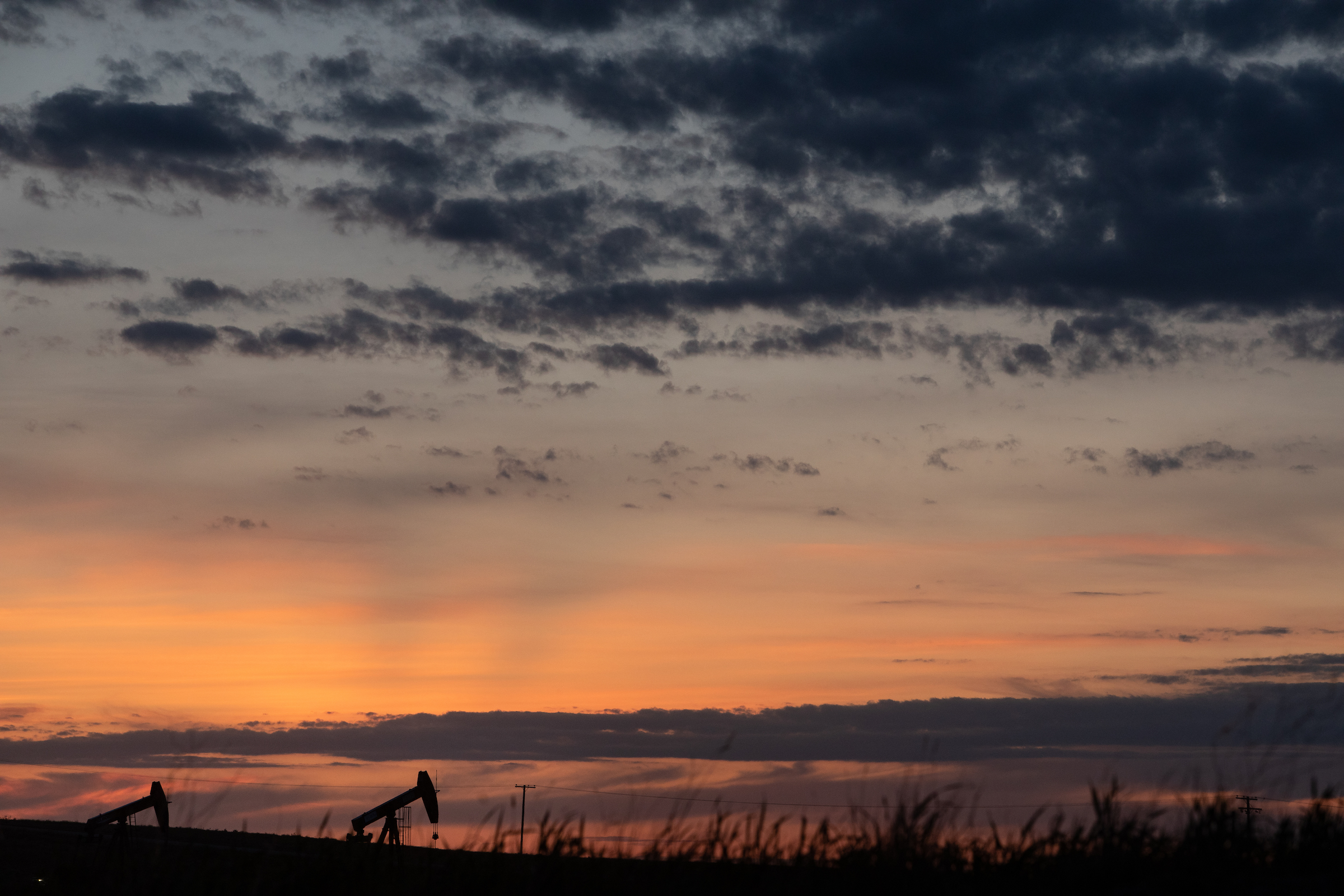
There’s not much more detail of any climate or environmental policies listed as priorities for the UCP this election. There is no platform book outlining its planned priorities like last election, but rather a list that has been updated as announcements are made.
Like the UCP, the NDP has foregone a detailed platform book for this election and is also listing its commitments and updating them as announcements are made (or re-announced).
The New Democrats, while in power from 2015 to 2019, put an emissions cap on the oilsands, instituted a modern carbon price, set a target to reduce methane from industry by 45 per cent by 2025, phased out coal-fired electricity and set a target of 30 per cent renewable energy feeding the grid by 2030.
Those policies have all remained under the UCP government.
But the NDP campaign has largely avoided talking about climate and the environment, while also saying the federal government is moving too quickly on possible emissions caps and reductions for the oil and gas sector.
Even with scant details, there are some hints about the major parties’ priorities. Here’s where the NDP and UCP stand on 10 key environment, climate and energy issues.
Parks and protected areas have been a contentious issue in Alberta since the UCP, under then-premier Jason Kenney, tried to remove 164 of 473 sites from the Alberta Parks system and permanently shut down ten provincial parks and provincial recreation areas in 2020. More recently, the UCP has introduced a slate of more quiet changes to the parks system, leading conservation advocates to ring alarm bells about their impacts.
The UCP has since introduced investments in parks across the province while in power and says it will continue to promote recreation and tourism in those areas, as well as “improving access to snowmobile and off-highway vehicle trails by collaborating with recreational organizations.”

The NDP also pledges to protect parks and public lands, but there’s little in the way of details.
Where the NDP does get specific is in its pledge to introduce the Eastern Slopes Protection Act, which would ban coal mining in the Rocky Mountains and surrounding areas. This is in direct response to the deeply unpopular move by the UCP under Kenney to open the area to coal mines.
Hydrogen has been oft-touted as a key fuel source in a net-zero future. Hydrogen does not release carbon pollution when burned, but its role in a net-zero economy depends on how it’s produced — whether it’s made from water, using electrolysis fuelled by renewable energy, or generated from fossil fuels.
The UCP is keen to cultivate a hydrogen economy based on the Hydrogen Roadmap released in 2021 by Kenney. It’s included in the party’s “job growth and diversification strategy.” Much of the UCP’s excitement surrounds hydrogen generated from fossil fuels.
The goal of the roadmap is to lure greater investment in infrastructure and production across the province. It hopes to “get Alberta’s hydrogen products to international markets, making Alberta a world leader in clean, low-cost hydrogen.”

The UCP government has said it will continue to support that strategy and touts prior investments including $161 million for a hydrogen facility in Edmonton run by American multinational gas company Air Products, and says it previously launched an expression of interest for hydrogen fuelling stations for the transportation sector.
The NDP hasn’t staked out an election position on hydrogen, but it does want to expand the existing Alberta Petrochemical Incentive Program, which includes funding for hydrogen facilities.
While in opposition, the party released a proposal that included examining the possibility of a hydrogen export pipeline, incentives for new projects, examining hydrogen hubs and plenty of consultations.
Every jurisdiction in Canada has a price on carbon pollution, whether it’s a program designed by the province or territory or the backup federal system. For consumers, Alberta relies on the federal system, which adds a regulatory charge to fossil fuels like gasoline for vehicles and natural gas for home heating. According to the federal government, 90 per cent of fuel charge proceeds are rebated through quarterly Climate Action Incentive payments. The program is designed to act as a financial incentive to reduce personal fossil fuel consumption.
The UCP and its leader have pledged to continue to fight against carbon pricing, despite that argument already reaching the Supreme Court of Canada, which ruled Ottawa was within its rights to implement the charge.
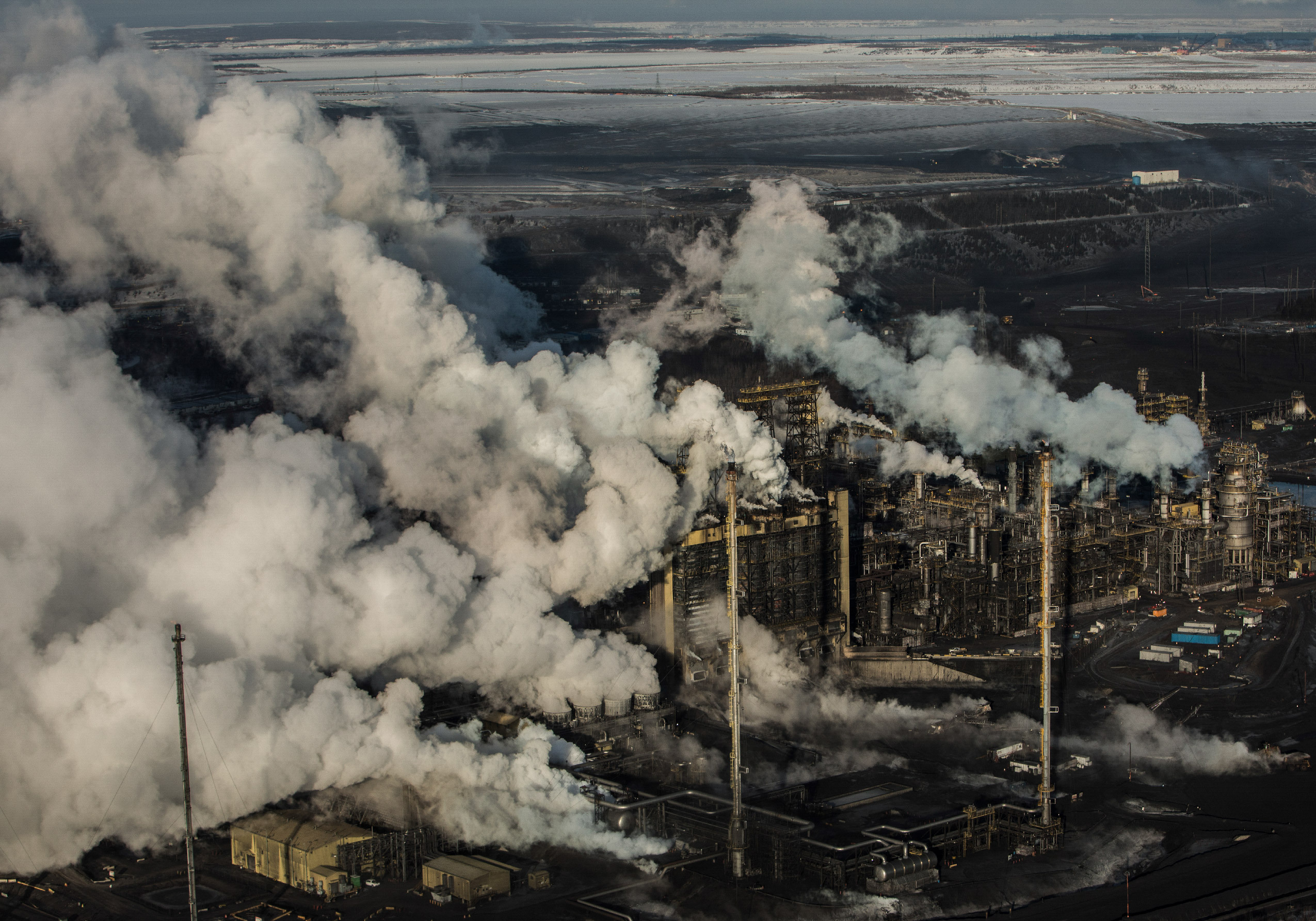
“A UCP government will work to axe the carbon tax altogether because the best way governments can help address affordability is by ensuring you, the taxpayer, keep more money in your pocket,” reads a section of the party’s primary pitch, vowing to cut taxes. (The Supreme Court of Canada’s decision about carbon pricing specifically noted it “has nothing to do with the concept of taxation” and is not a carbon tax.)
The party, however, also trumpets the fact Alberta’s Technology Innovation and Emissions Reduction Regulation — itself a form of carbon pricing — was deemed equivalent to the federal charge for industrial emitters and was allowed to continue instead of adopting Ottawa’s price.
The new climate plan released just prior to the election supports that existing carbon price.
The NDP has avoided talking about carbon pricing this election, despite introducing Alberta’s first comprehensive and contemporary carbon price in 2018 (although a precursor was introduced by the Progressive Conservatives in 2007, making Alberta the first place in North America to introduce a price on carbon).
But while it hasn’t campaigned on support for a price on carbon, the party hasn’t come out swinging against it either.
Notley has said it’s unlikely her party would re-introduce a provincial consumer carbon price again, meaning the federal price would remain.
If the past is prologue, it’s safe to assume the party remains supportive of the idea.
Carbon capture, utilization and storage is a hot-button topic in Alberta. The term encompasses any technology that removes carbon from industrial processes and either stores it deep underground, presumably forever, or uses the captured carbon to make other products.
While in power, the NDP was opposed to government funding of carbon capture projects, but Notley has since come out in favour of it, clashing with federal NDP Leader Jagmeet Singh over his calls to kill the Carbon Capture Tax Credit introduced by Ottawa.
The UCP sees the technology as a sort of panacea for the oil and gas industry, betting the technology can be used to reduce emissions and increase production in the province. The climate plan introduced in April relies heavily on carbon capture and storage.
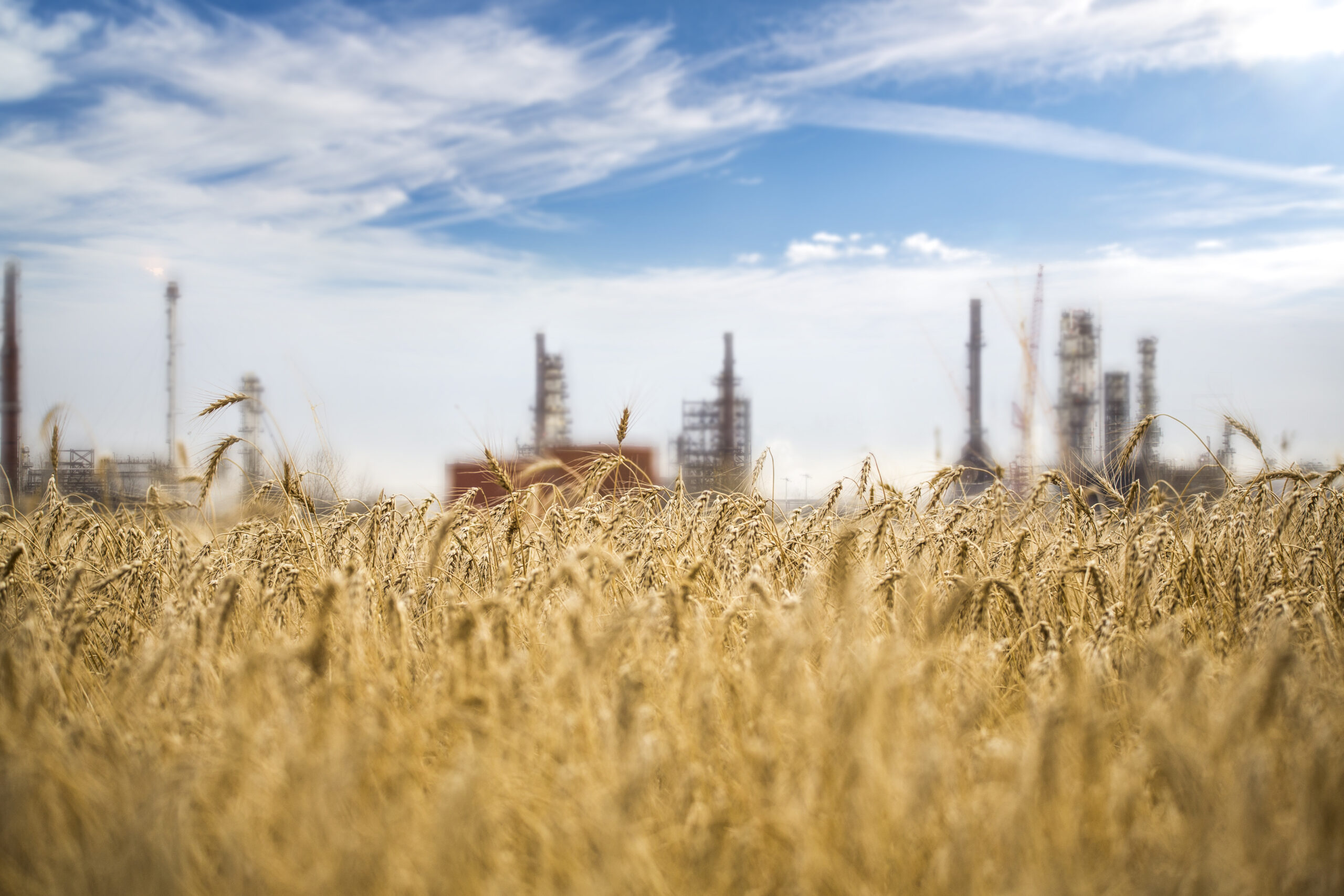
While in power, the party introduced a process for evaluating and approving carbon storage hubs. The government has invested, or set aside, $1.8 billion for carbon capture utilization and storage projects.
Clean energy in the province, like wind and solar, has surged largely due to the absence of government intervention and that’s likely to continue under either party.
The UCP’s climate plan considers renewable energy, but also notes it believes the province’s electricity grid “cannot run on these intermittent sources alone,” and it expects natural gas will play a “key, long-term role in Alberta.”
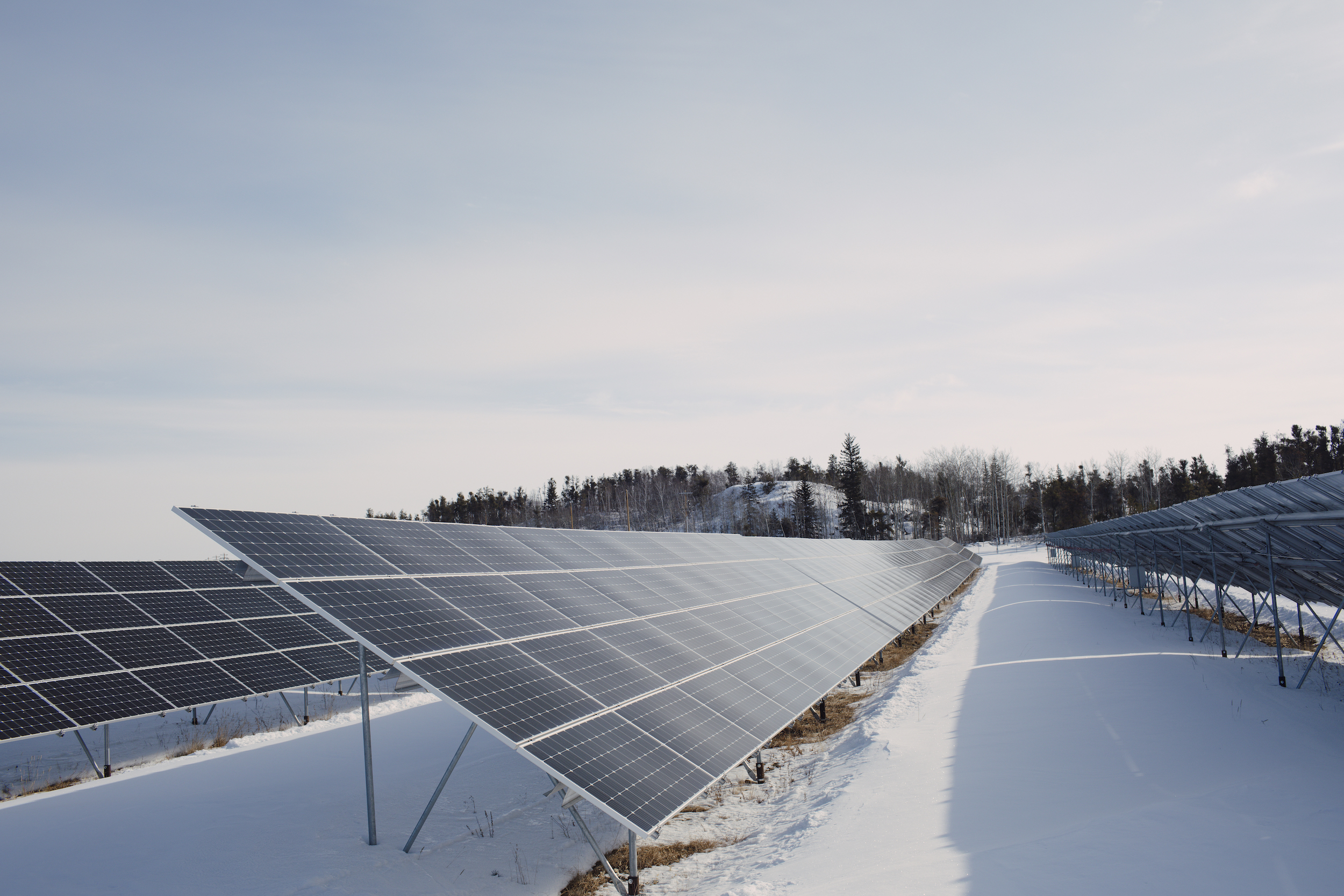
The province is already bound by a requirement in Alberta’s Renewable Electricity Act to ensure 30 per cent of electricity is produced from renewable resources by 2030, a requirement introduced by the NDP. The province is on course to hit or exceed that target.
The NDP, which introduced policies that fostered the surge in renewables, has been supportive of renewable energy but has not made any pledges as part of its campaign.
No matter which party wins, the focus will have to turn to the issue of transmission, something experts say is the biggest challenge for moving beyond the 30 per cent target.
The first order of business when Smith won the leadership was to introduce her (watered down) Sovereignty Act, advertised as a way for Alberta to ignore federal rules when it didn’t like them. This was explicitly tied to environmental policies.
Since then, Smith has come out against proposed legislation to help transition workers during a shift away from fossil fuels and emissions caps on the oil and gas sector.
The rift over the term “just transition” — referring to retraining workers and investing in economic diversification — reached a fever pitch earlier this year even if it was just a war of words.
Little has been said about it during the election campaign.
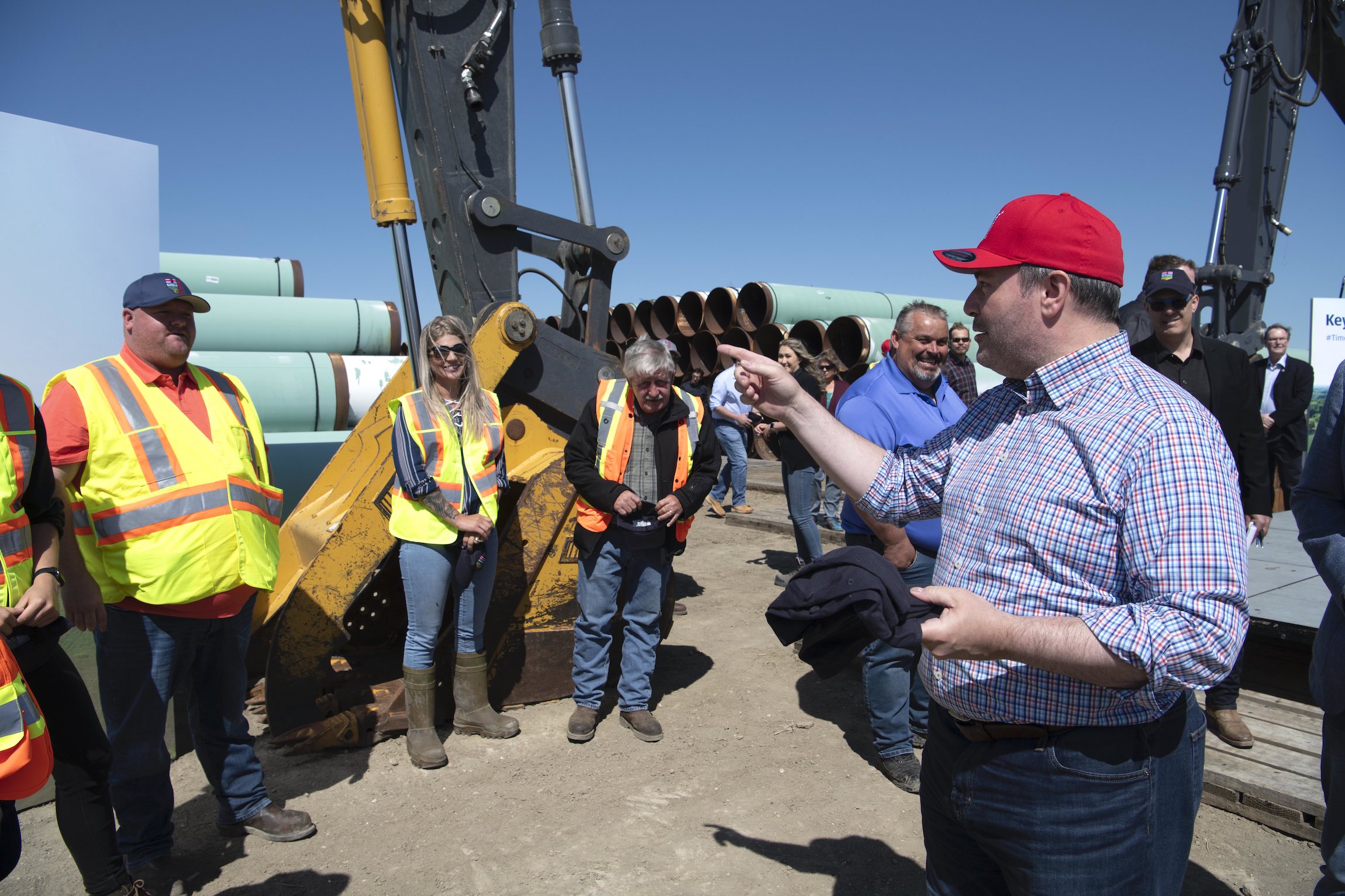
The UCP’s website nods to Smith’s commitment to oppose Ottawa’s plans for environmental policy, saying the party “is committed to continuing to set our own made-in-Alberta policies to effectively and responsibly manage our environment and natural resources while focusing on the unique needs of Albertans and our industries.”
Notley also came out against the proposed legislation earlier this year, although her government oversaw a similar process as it raced to phase out coal-fired electricity in the province. Her concerns, however, were about a lack of detail and consultation about the proposal — which she blamed on both Ottawa and the UCP government.
She has said the federal government should drastically increase investments in low-emissions projects if it’s serious about shifting workers to new industries.
Much has been said — by governments and industry alike — about transitioning to a net-zero economy in the years to come. Net zero can be achieved either through eliminating all carbon pollution or by offsetting or capturing emissions, either through carbon capture and storage or other options, like tree-planting.
In its climate plan, the UCP made multiple mentions of its “aspiration” for the province to become net zero. “Alberta’s plan includes an aspiration to achieve a carbon neutral economy by 2050, and to do so without compromising affordable, reliable and secure energy for Albertans, Canadians and the world,” the plan says. (The Government of Canada has already committed to achieving net zero by 2050.)
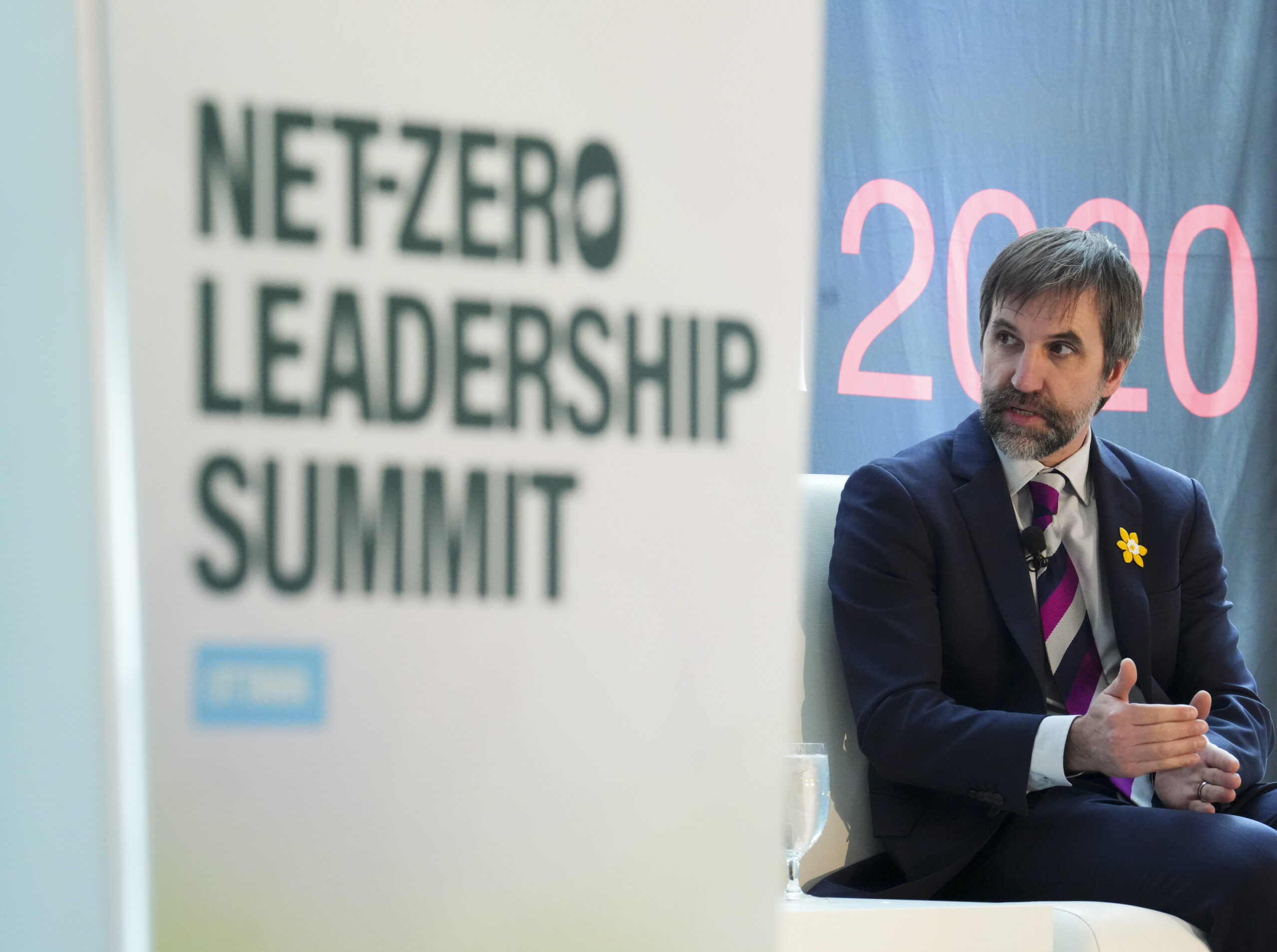
The UCP’s goal of achieving net-zero emissions by 2050 in Alberta is aspirational, with no hard targets, no hard policies and no apparent rush.
Recently, the UCP released a video attacking Notley and the NDP for supporting the federal goal of achieving a net-zero electricity grid by 2035.
The ambitious plan will be difficult for a province still reliant on fossil fuels as it transitions from coal to natural gas and will be expensive (although not as expensive as the attack ad suggests).
The NDP doesn’t address net zero in its election commitments, it supports achieving net-zero emissions by 2050 and Notley has said achieving a net-zero grid by 2035 is not only achievable, but a necessary investment.
The NDP’s plan to spur investment and attract new jobs focuses largely on industrial development and includes an expansion of the existing petrochemical incentive program. But it also includes a new tax credit to “spur investment in cleantech, carbon materials, critical minerals processing and advanced manufacturing.”
“Our energy sector has provided good jobs and prosperity for our province for generations, but we aren’t seeing the benefits of oil price booms of the past,” reads the NDP pitch on its website.
“Investment has flatlined and wages have stagnated. We need to keep looking ahead to the future and continue moving our economy forward, while building on our strengths.”
The NDP also points to the massive incentives from the U.S. government as part of its Inflation Reduction Act, for things like renewable energy and carbon capture and storage, and says Alberta has to keep up or risk losing billions in investment.

“Alberta must compete,” it says. “Decisions we make this year will have long-lasting implications for Alberta’s future.”
The UCP has not released any detailed plans about tax credits for clean energy, but has been vocal in its support of credits for carbon capture utilization and storage
The federal government announced billions in credits last year. Smith has said that’s not enough, but refused to commit to a provincial tax credit until Ottawa offers more.
“We are working towards the same goal … then we can figure out what portion comes from federal tax relief and what portion comes from provincial tax relief,” Smith said in January.
Though transit is largely thought of as an urban issue — and the purview of municipal governments — it has attracted some attention from the provincial parties as they play to the central battleground of Calgary.
The NDP says it will begin work on the north leg of the massive Green Line LRT project, which is currently only partially funded.
Late last year, Smith said she wanted “to explore the option of expanding Calgary’s LRT system to the Calgary International Airport,” as well as a rail link between Calgary and Banff, adding, “the potential of utilizing hydrogen-powered locomotives.”
In the UCP’s aspirational climate plan, small modular nuclear reactors are touted as a way to reduce emissions in the oilsands, as well as the electricity grid. Small modular nuclear reactors split radioactive atoms like uranium in a process that releases heat. That heat can be converted to electrical energy, often through converting water into steam to drive a turbine — all in a much smaller operation than a traditional nuclear facility.
The UCP, while in power, signed a joint strategic plan with Saskatchewan, Ontario and New Brunswick to advance the reactors in Canada.
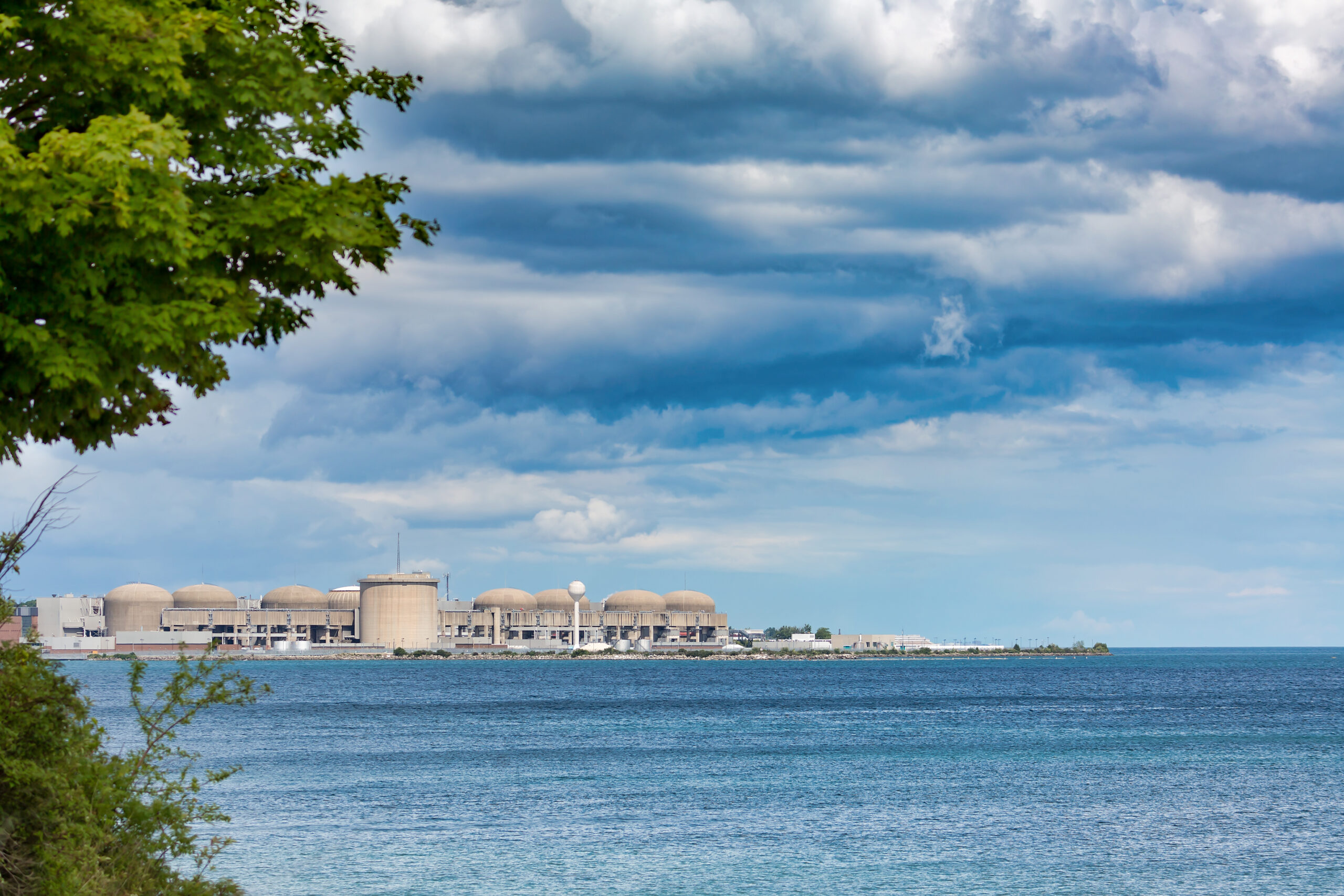
“Small modular reactors are a new and versatile technology that can supply non-emitting energy in different applications, including electricity,” reads the climate plan. “Alberta is working with other provinces to ensure the appropriate regulatory framework is in place should the private sector pursue SMRs.”
The technology is still relatively new and untested at scale. There are no full-scale modular reactors operating in the world, but there are prototyes up and running in Russia and China. Critics question whether the technology is viable or clean.
The NDP has not staked out a position on the issue, but Notley has said her previous opposition to nuclear power is softening.
“Folks very much connected with the environmental movement, that I wouldn’t have expected, are now saying, ‘You know what, I want you to take a look at this,’ ” she told Alberta Today in January.
There could still be more coming from the parties as election day approaches on May 29, with a flurry of announcements and press conferences happening daily. But the focus is unlikely to shift toward the environment.
Cost of living and social services — particularly healthcare — are dominating the campaign promises, but even those have been muted by the near-daily revelation of Smith controversies.
Those controversies — from comparing vaccinated Albertans to Nazis to musing about arresting police who enforced public health laws — have been met with attacks trying to paint Notley and the NDP as socialists bent on bankrupting the province.
There’s been little space for climate change and the environment despite the critical four-year stretch that will face the next government. The central split in the priorities of each party at this stage appears to be one of temperament — whether Alberta works on the issues, or fights against them.
Get the inside scoop on The Narwhal’s environment and climate reporting by signing up for our free newsletter. On March 17, federal Conservative Leader Pierre Poilievre...
Continue reading
Racing against time, dwindling habitat and warming waters, scientists are trying to give this little-known...

From investigative reporting to stunning photography, we’ve been recognized with four 2024 CAJ Awards nods...

The Narwhal is expanding its reach on video platforms like YouTube and TikTok. First up?...
